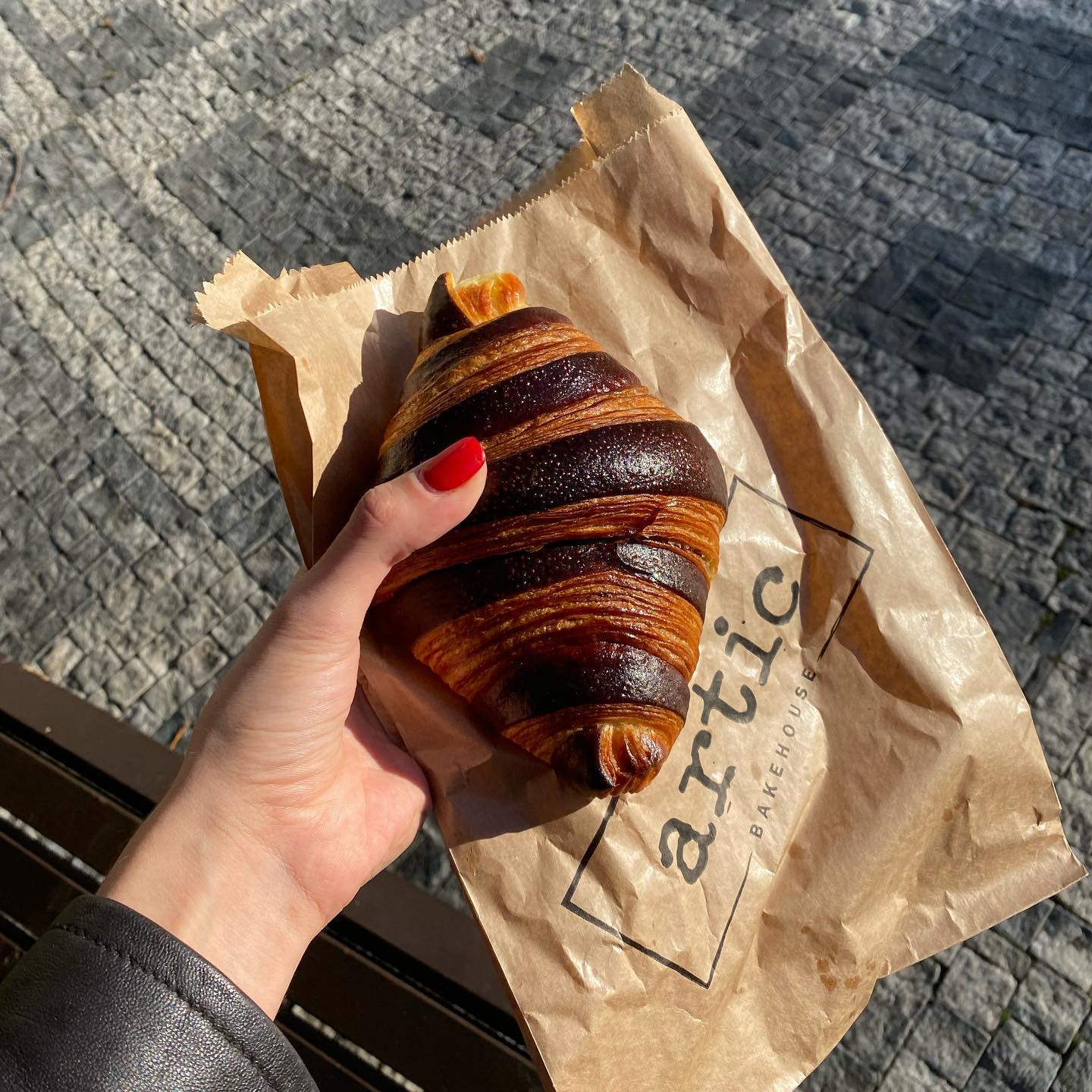Paper bread bags vs. bread bags with wickets
By Hamza Benhlima · 3. July 2023
Paper bread bags and wicket bread bags are both used to package all types of baked goods, but serve two completely different functions.
In this blog post, we will look at the key differences between the two types of bread bags, including their main uses, printing and customization options, and environmental friendliness. By the end, hopefully you’ll have a better idea of which bag is the best fit for you.

Uses of paper bread bags and wicket bread bags
When it comes to packaging artisan breads and other baked goods that need to be transported only a short distance and eaten relatively quickly, paper bread bags are the perfect choice. The paper material lets the products inside breathe, which helps to preserve the texture and gives customers a delicious taste of freshly baked treats.
However, paper bread bags are not suitable for long-term storage. For this purpose, wicket bread bags are a better choice. Wicket bags are usually made from plastic and are designed to keep baked goods moist and fresh for longer. They have two holes at the top that allow them to be hung on a wicket, making it easy to stack the bags. That’s why wicket bags are an optimal choice for efficient packaging of commercial products in large quantities.
Custom paper bread bags and wicket bread bags
Paper bread bags and wicket bread bags are available in various sizes and styles to suit different types of baked goods, and both offer a wide range of customization options. For example, paper bread bags can be made in either white or brown paper, giving businesses the option to choose between a modern or rustic look depending on their brand’s image. They can also be made with a window feature to show off the delicious baked goods inside.
As for wicket bags, they can be made with different types of bottoms and resealable zippers. Furthermore, both types of bags can be printed with visual elements such as logos, slogans, designs and much more. This allows businesses to promote their products and highlight their brand identity in a unique and effective way. Whether it’s a vibrant or more simple design, both types of bread bags offer customization options that allow businesses to create an eye-catching design that is sure to stand out from the competition.
However, the materials of the bags and the printing methods used can have an effect on the printing quality. In this case, paper bread bags have advantages in terms of printing due to their absorbent surface, which allows ink to adhere better and produce a sharper final print.
Bread bags and their environmental friendliness
Paper bread bags have become a popular eco-friendly choice for many businesses looking to minimize their environmental impact. Made from renewable materials, paper bread bags are both biodegradable and recyclable. On the other hand, wicket bags are usually made from plastic, although paper alternatives are available. Plastic bread bags are not biodegradable and can take hundreds of years to degrade in the environment, making them a less sustainable option. Paper bread bags are not as durable as wicket bread bags, but they have the advantage that they can be made from recycled paper, reducing the need to produce new paper. Wicket bread bags can also be made from recycled materials.
Choosing the right bread bag for your business
In summary, paper bread bags are perfect as a short-term packaging solution for transporting baked goods, while wicket bread bags are commonly used for commercial packaging and long-term storing. If you’re a bakery, café or coffee shop owner, paper bread bags are an ideal choice for customers to take home their freshly baked bread. They’re a lightweight, easy-to-carry option that keeps the baked goods fresh and crispy.
Additionally, their various customization and printing options allow for businesses to print eye-catching designs that are sure to impress customers. Another benefit of them is that they’re biodegradable and recyclable, making them an ideal eco-friendly option for businesses that prioritize the environment.
On the other hand, wicket bread bags are excellent for mass production of bread in, for example, stores or supermarkets. They’re a convenient packaging solution for companies that sell large amounts of bread, as they allow for an efficient filling and sealing. Although wicket bread bags do offer customization and printing options, they’re not as versatile as paper bread bags. Paper bread bags are, due to their material and absorbent surface, easier to print high-quality designs on. Furthermore, wicket bread bags made from plastic are not biodegradable in the environment, even if some are made from recycled materials.
In the end, the choice between paper bread bags and wicket bread bags is a question of what best suits your business. There are many important factors to consider, such as sustainability and branding, so it’s important to choose the ones that work best for your business.

